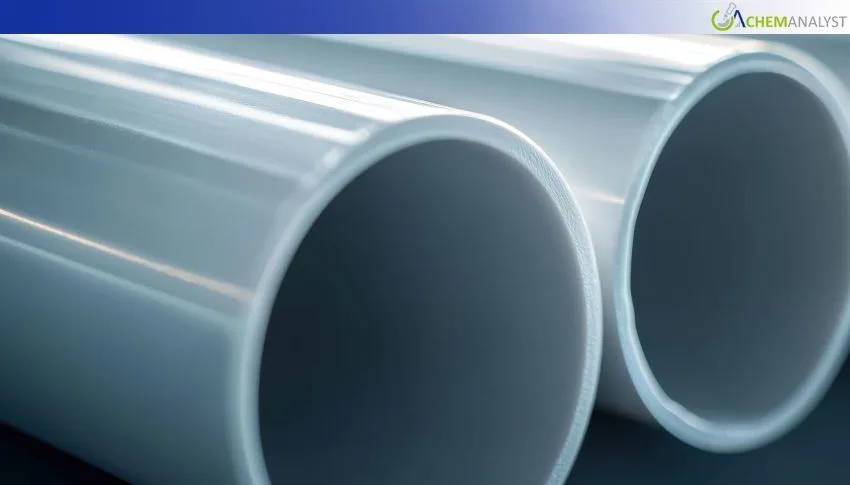Welcome To ChemAnalyst

Poor demand, sufficient supply, and soft upstream signals have weighed heavily on Polyvinyl Chloride (PVC) prices this week, with both Asian and European economies showing declines into the week of 14 November 2025. Prices have been lowering in Asia due to soft procurement and cautious buyers amidst subdued activity in the building and consumer goods sectors. The same pressure was seen in Europe due to oversupply, contraction orders in the building sector, and an increase in imports from Asia, keeping domestic producers under stress. Plant shutdowns and high energy costs further dampened sentiment. As trading activity is bearish and there is no sign of recovery, analysts anticipate that PVC markets will continue to trade under pressure, gradually sliding further over the coming weeks.
PVC prices fell in both Asia and Europe during the week ended 14 November 2025, as the global market continued to struggle with weak demand, ample supply, and a lack of supportive upstream signals. Meanwhile, market sentiment remained bearish, as trading activity slowed down PVC movement across major regions.
Asian PVC prices were clearly on a downward path as the market moved into the traditionally weak period of November. Offers were mainly stable among manufacturers, though some cut their prices slightly in a bid to perk up buying interest. The general sentiment was still at a low in the absence of supportive fundamentals. Crude oil prices remained soft and PVC futures continued to see-saw at low levels, capping the upside for the spot market.
Downstream demand was still weak as converters bought on a need-only basis. The reluctance of converters to replenish stocks contributed to a very slow market atmosphere, while low inquiry levels and lower-priced hanging orders further indicated buyer caution. In all, the weak procurement and stable output kept PVC prices on a gradual downtrend. Given that construction, packaging, and consumer goods sectors have shown subdued activity, it is unlikely that demand recovery will happen soon. Therefore, it is expected that the prices for PVC in Asia continued to trade in a narrow, weak range next week.
In Europe, too, PVC prices went down, with an oversupplied market and weak demand from the construction sector weighing on prices. The downturn accelerated in September as new orders in housing and civil engineering continued to contract sharply across Germany, France, and the UK. The rate of contraction was sharpest in France, although Germany also witnessed prolonged weakness. Purchasing activity remained minimal, while use of subcontractors dropped significantly as firms focused on cost control.
The steadily weaker export market entailed a continuous increase in cheaper Asian PVC imports for European buyers, putting a greater strain on domestic producers. Encouraged by better export margins and favourable freight rates, exporters from China, South Korea, and Taiwan continued pushing more cargoes into Europe. Anti-dumping cases are being filed in the EU, but industry participants expect limited short-term relief due to lengthy investigation timelines.
PVC plant shutdowns also reflected the stress that European producers were under. Vynova closed its facility in the Netherlands on 8 November due to margin pressures. High energy costs and sustainability-related expenses continued to challenge local producers, keeping sentiment weak.
As per ChemAnalyst, with soft demand in both Asia and Europe and high availability of supplies, the global PVC market is likely to decline in the coming weeks.
We use cookies to deliver the best possible experience on our website. To learn more, visit our Privacy Policy. By continuing to use this site or by closing this box, you consent to our use of cookies. More info.
